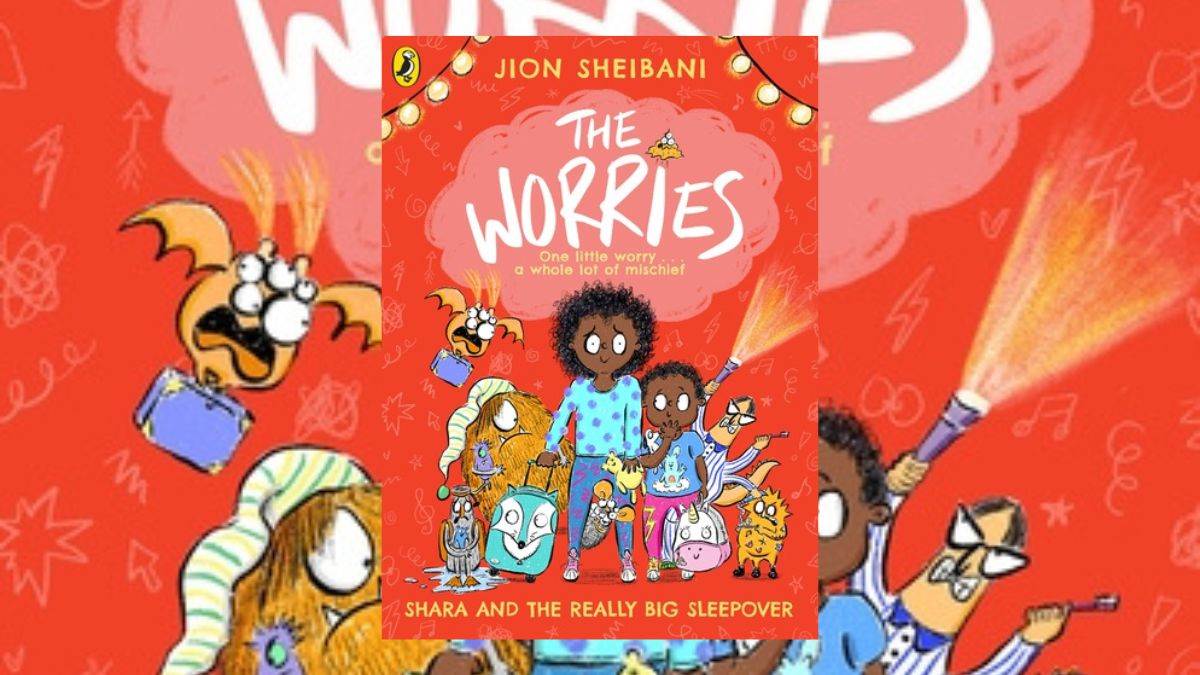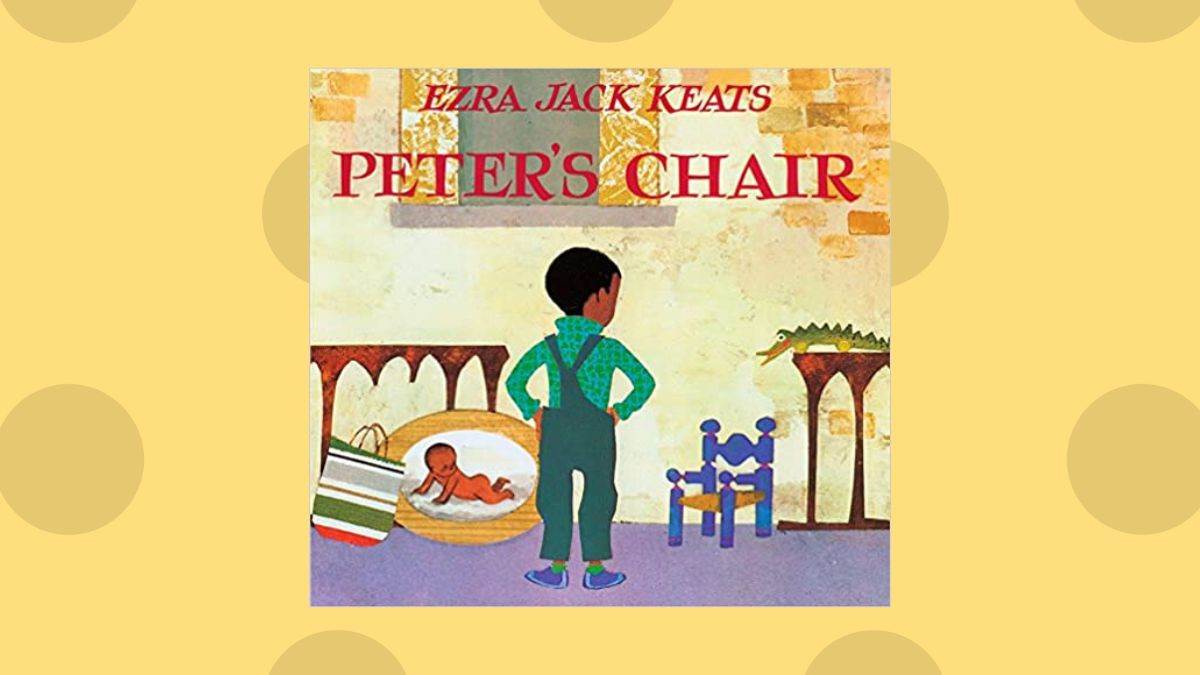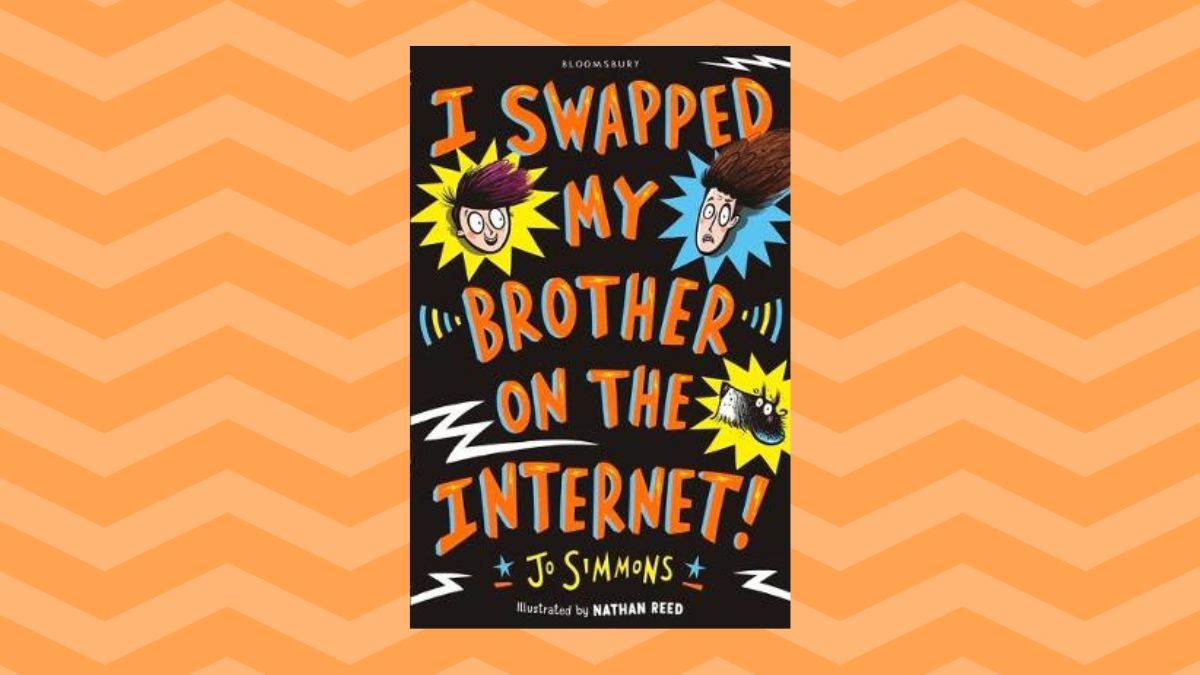How to use books to explore worries about siblings
Published on: 18 October 2022
In the third book in Jion Sheibani’s Worry series, Shara and the Really Big Sleepover, Shara worries about looking after her little brother. Jion explains how parents can use reading and drawing to help children articulate their feelings about anything – especially their siblings!

In my Worry series, both Jaz and Shara worry about being good older siblings. When I asked my children what makes a good sibling, they answered me like I was their teacher rather than their mum: help one another, play with one other, speak kindly, share… These are all things they hear of course, but rarely put into practice.
On my phone lock-screen, I have a photo of the two of them, giggling on the grass in a moment of blissful complicity. When they’re screaming the house down, I can look at it, breathe and remember, they do love each other really. I don’t think there is such a thing as a good sibling. Let’s face it, neither of them chose to live together. But there are ways for us parents to raise siblings who have a good relationship.
I’m aware of not letting my eldest take on his little sister’s worries, like Shara does with Keita in Shara and the Really Big Sleepover. The daily, big brother policing (she’s left crumbs EVERYWHERE!) can often mushroom into a bigger sense of responsibility (but when is she going to stop wetting the bed?!) until I hear myself saying, 'You’re not her parent, let me worry about that' (met with furtive eye roll).
Philippa Perry, the author of the brilliant The Book You Wish Your Parents Had Read, busts this myth of fairness which we can often fixate on: 'What we need to do rather than treat each child fairly is to give each child what each child needs, which is going to be different.' The very word 'fair' triggers flashbacks of me and my brother sharing out our Diet Coke can ration; an intense and solemn operation carried out with surgical precision. We would even count the final drops.But as Perry points out, the reason we wanted equal amounts of Coke was less about getting our sugary-caffeine rush and more about status in our parents' eyes.
Perry suggests that rather than thinking about 'fairness', we need to remember that children are 'competing for status. To give them all equal status, it helps for them each to have an area of expertise, as it were, or a specialist subject'. I copied pretty much everything my brother did as a kid so I didn’t really give him the room for his own specialist subject – that might explain the Coke-measuring – but I’m trying to make up for it now with my own kids.

The only way 'fairness' does make sense to me is in the amount of time and positive attention us parents can give to our kids. Bedtime stories are, of course, a great way to do this and there are some wonderful books out there about siblings.
Jack Ezra Keats’ book Peter’s Chair is a lovely story to prepare a child for the arrival of a sibling, and one to be read long after. It very beautifully and wittily shows all the jealousy and rage a child might feel when a new baby arrives – quite simply and perfectly summed up in Peter’s line to his dog, 'Let’s run away, Willie.'
Likewise, my Worries story Jaz and the New Baby explores which emotions surface when a brother or sister is on the way, even when you’re keen to be a good older sibling. Similarly, I Swapped My Brother on the Internet!, by Jo Simmons, will show children who have annoying siblings that others sometimes feel the same about theirs. And, ultimately, they might appreciate them more.
Stories like these can really help children to start to recognise and articulate their feelings. Reading is also a very soothing thing to do with a parent at a time when a child might be feeling particularly anxious.

Going one step further with articulating feelings, why not draw with your child? One thing I encourage children to do in workshops is to draw their own Worry monster, rather than asking them about their worries directly. I show children how to draw one of the characters from the stories (there is a step-by-step guide at the back of each book!) Then I give them some ideas for how to draw their own: one eye, lots of eyes, spike, fur, tails? Afterwards, if they feel like it, they can name it and even label it.
Studies actually show that by talking, drawing or writing about them, anxieties can move from the amygdala (the fight-or-flight part of the brain) to the pre-frontal cortex, where they can start to be processed. If both or all siblings can hold a crayon, why not get them to draw their Worry monsters together? It might help them understand each other a bit better and have a giggle while they’re at it!
Check out Jion’s website for free resources to accompany The Worries series: www.jionsheibani.com
Topics: Features

